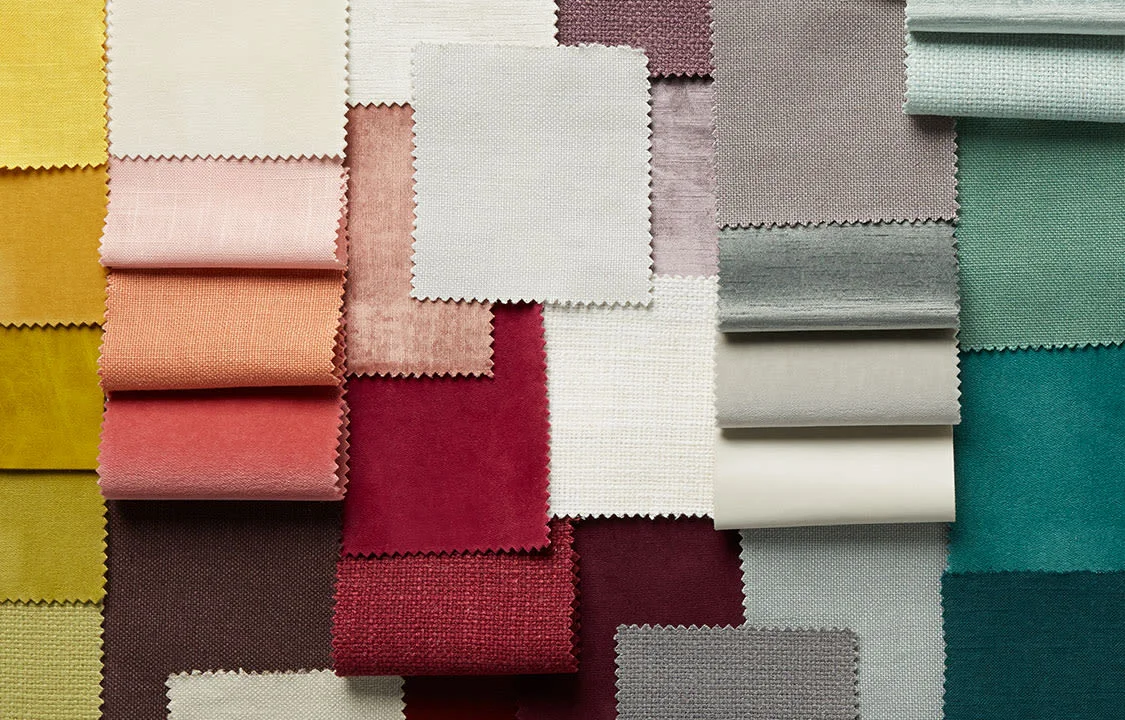Hello!
Commercial furniture differs from residential furniture. Just imagine how many people sit on bank lobby benches or on coffee shop couches in a day. Now, think of how many people use your living room settee.
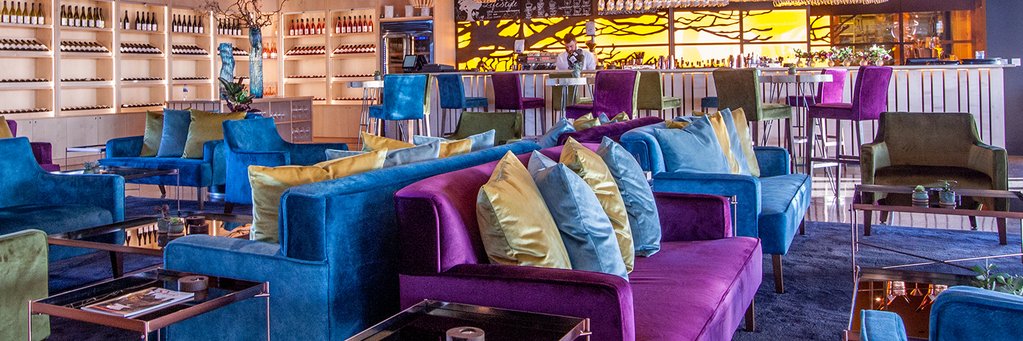 Furniture in banks, offices, schools, hospitals, hotels, retail stores, restaurants, and other commercial spaces is subject to high-traffic and high-stress conditions. Hence, commercial furniture designers need to be more selective when picking commercial fabrics for use in furniture upholstery.
Furniture in banks, offices, schools, hospitals, hotels, retail stores, restaurants, and other commercial spaces is subject to high-traffic and high-stress conditions. Hence, commercial furniture designers need to be more selective when picking commercial fabrics for use in furniture upholstery.
If you are a furniture maker on the lookout for commercial upholstery fabric or a business owner looking for upholstered furniture for use in your business premises, read on for five characteristics against which you must evaluate your options.
Abrasion Resistance
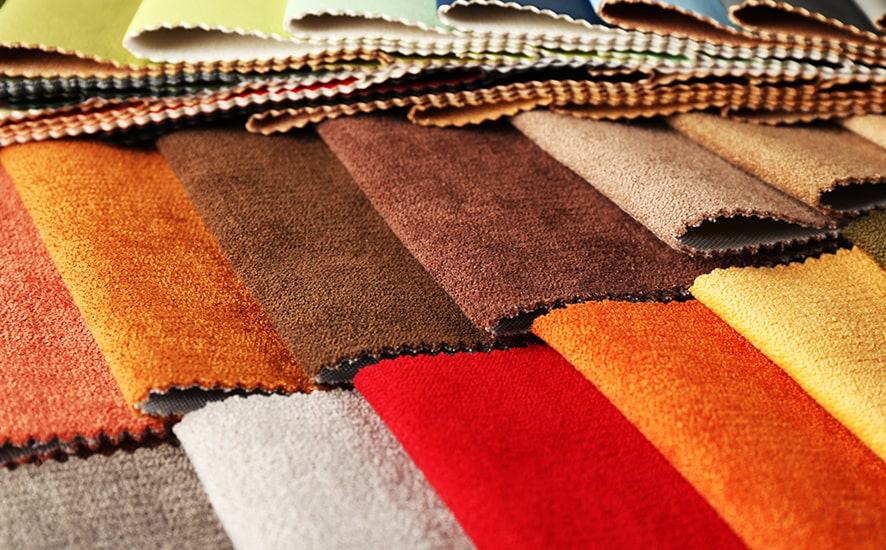 Commercial fabrics must be highly durable; they need to be exceptionally abrasion-resistant. In other words, commercial fabrics must have an excellent ability to resist being worn away by rubbing or friction.
Commercial fabrics must be highly durable; they need to be exceptionally abrasion-resistant. In other words, commercial fabrics must have an excellent ability to resist being worn away by rubbing or friction.
In fabrics, the Martindale test – named because of the Martindale machine used for testing – is the industry-accepted test of abrasion resistance.
In a Martindale test, the fabric being tested is continually rubbed against worsted wool or wire mesh discs until the yarns start breaking or the material exhibits a significant change in its appearance. Then the fabric is given a rating according to the number of "rubs" or cycles it took to break or considerably degrade the material.
Commercial fabrics must have a minimum Martindale rating of 30,000. The higher the Martindale value, the more appropriate it is for commercial applications.
Commercial furniture designers, however, do not merely conform to the minimum required standards. They consider the specific use case of the furniture they're making.
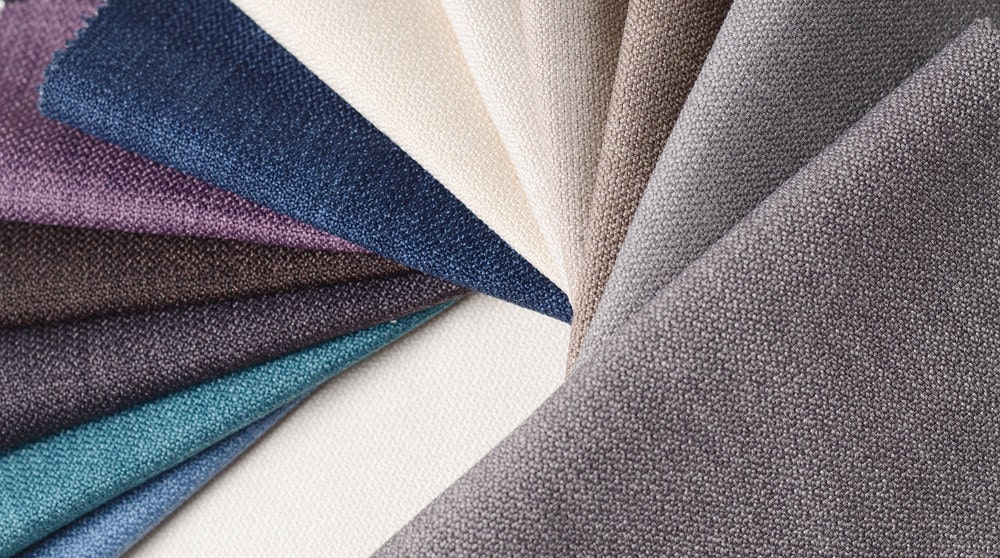 If making upholstery for a couch in an executive private office, they might consider a Martindale value of 30,000 sufficient. They might even think it is overkill.
If making upholstery for a couch in an executive private office, they might consider a Martindale value of 30,000 sufficient. They might even think it is overkill.
However, if choosing a commercial fabric with which to upholster bank or hospital lobby benches, they are likely to go for even higher abrasion resistance values.
Such furniture will get exposed to more rubbing or friction than those in private executive offices. For such applications, commercial fabrics with a Martindale value north of 60,000 should be highly suitable.
Lightfastness
Lightfastness, also known as color lightfastness, is a score that measures how long a fabric must be exposed to light, especially direct sunlight, before its color starts fading. The higher a fabric's lightfastness score, the more resistant it is to color fading caused by exposure to UV rays.
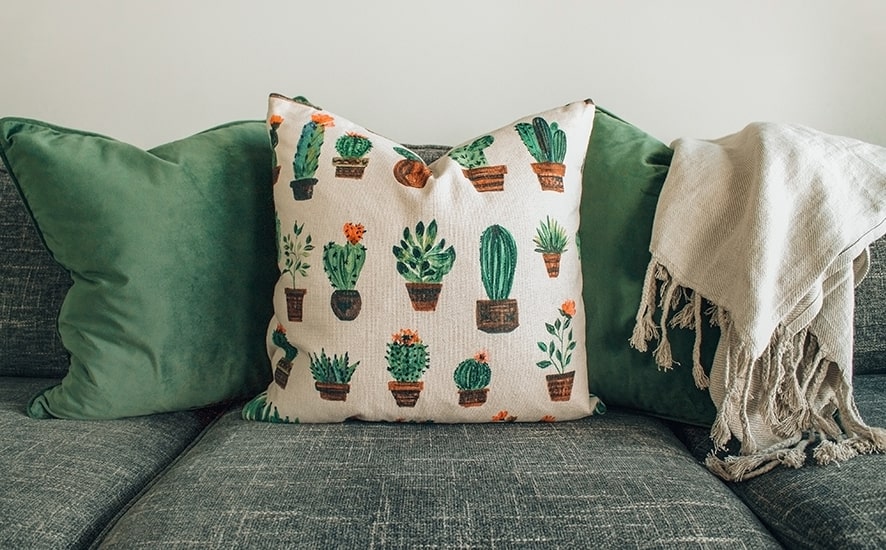 Testing a fabric's lightfastness involves exposing it to intense artificial light generated by a xenon arc lamp. The artificial light is filtered to represent natural daylight, so the test simulates a fabric dye's lightfastness when continuously exposed to direct sunlight.
Testing a fabric's lightfastness involves exposing it to intense artificial light generated by a xenon arc lamp. The artificial light is filtered to represent natural daylight, so the test simulates a fabric dye's lightfastness when continuously exposed to direct sunlight.
Evaluating the fabric's lightfastness involves grading it using the Blue Wool Reference and giving it a score from one to eight. The higher on the scale a fabric's score is, the more resistant it is to fading because of exposure to direct sunlight.
Note that there's a geometrical progression between the levels in the Blue Wool Scale.
In other words, a Blue Wool Reference 6 will take twice as long as a Blue Wool Reference 5 to fade to a particular grade. Putting it simply, a fabric with a lightfastness score of 6 won’t fade as easily as one with a score of 5.
Lightfastness varies in importance according to application. Naturally, fabrics meant for use as curtains must have excellent lightfastness. Upholstery for furniture placed outdoors and in sunny indoor areas must also have elevated lightfastness.
Color Fastness to Rubbing
You cannot just dye a piece of fabric to suit the paint scheme of your retail store, restaurant, or office. The best practice is to get fabric already dyed in the hue that suits the color scheme of your commercial space.
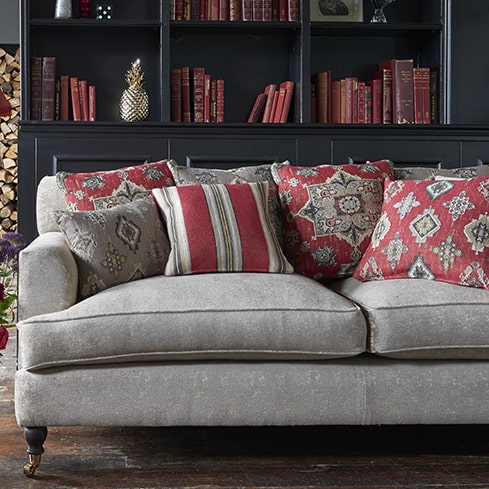 Upholstery fabrics need to be colorfast against rubbing. In other words, they must have dyes that will resist rubbing off and transferring to other materials. It can't be good for business if a hotel divan or a restaurant chair starts staining guests' clothes.
Upholstery fabrics need to be colorfast against rubbing. In other words, they must have dyes that will resist rubbing off and transferring to other materials. It can't be good for business if a hotel divan or a restaurant chair starts staining guests' clothes.
A fabric's color fastness against rubbing depends on two things: the dye used and the compatibility of the dye to the fabric. Some pigments are prone to transferring because of their molecule size and chemical composition. Then some dyes just work better with certain materials.
Choose a fabric with either an ISO or an AATCC color fastness rating.
This indicates that the material has been professionally tested for colorfastness using industry-accepted color fastness standards. Also, the fabric should have been tested against both wet and dry rubbing.
After testing, a fabric is compared to the Grey Scale for color change and rated from one to five. The higher a fabric's color fastness value, the better it is for upholstery use in commercial spaces.
Pilling Resistance
 Pilling refers to a fabric's surface fibers forming “pills” or tangible bunches or balls of tangled threads. For commercial upholstery, pilling is particularly undesirable. Little things like pilled sofa upholstery can hurt the customer experience and a company's brand.
Pilling refers to a fabric's surface fibers forming “pills” or tangible bunches or balls of tangled threads. For commercial upholstery, pilling is particularly undesirable. Little things like pilled sofa upholstery can hurt the customer experience and a company's brand.
Pilling resistance is a fabric’s ability to resist surface fiber pilling. Pilling resistance testing can also test against resistance to fuzzing and matting.
Fuzzing is the teasing out of threads from the fabric, while matting is the disorientation of raised fibers. Pilling, fuzzing, and matting all produce visible and tangible surface changes to fabrics.
Fabric pilling resistance is rated from one to five. For commercial upholstery application, you want a material with high pilling resistance, of course.
Ease of Cleaning
Commercial upholstery fabrics must be easy to clean since they are used in high-traffic, public spaces and are prone to soiling and staining.
Before choosing a fabric to use as upholstery for commercial furniture, check how easy it is to clean. Ideally, commercial upholstery fabric may be spot cleaned with soap and water, requires no chemicals to clean, and is machine washable.
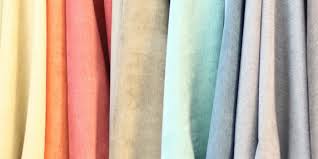 It's best to get a fabric that has been rated using a standard soiling and cleanability test like the FORD FLTM BN 112-08. The higher a fabric’s soiling and cleanability test score, the better it is for use in high-traffic commercial spaces.
It's best to get a fabric that has been rated using a standard soiling and cleanability test like the FORD FLTM BN 112-08. The higher a fabric’s soiling and cleanability test score, the better it is for use in high-traffic commercial spaces.
When shopping for commercial fabrics for upholstering or choosing upholstered furniture for commercial applications, evaluate the fabric or upholstery against a few criteria.
Specifically, commercial upholstery fabric must be highly abrasion-resistant, lightfast, colorfast, and pilling resistant. It should also be easy to clean.

